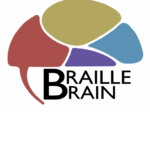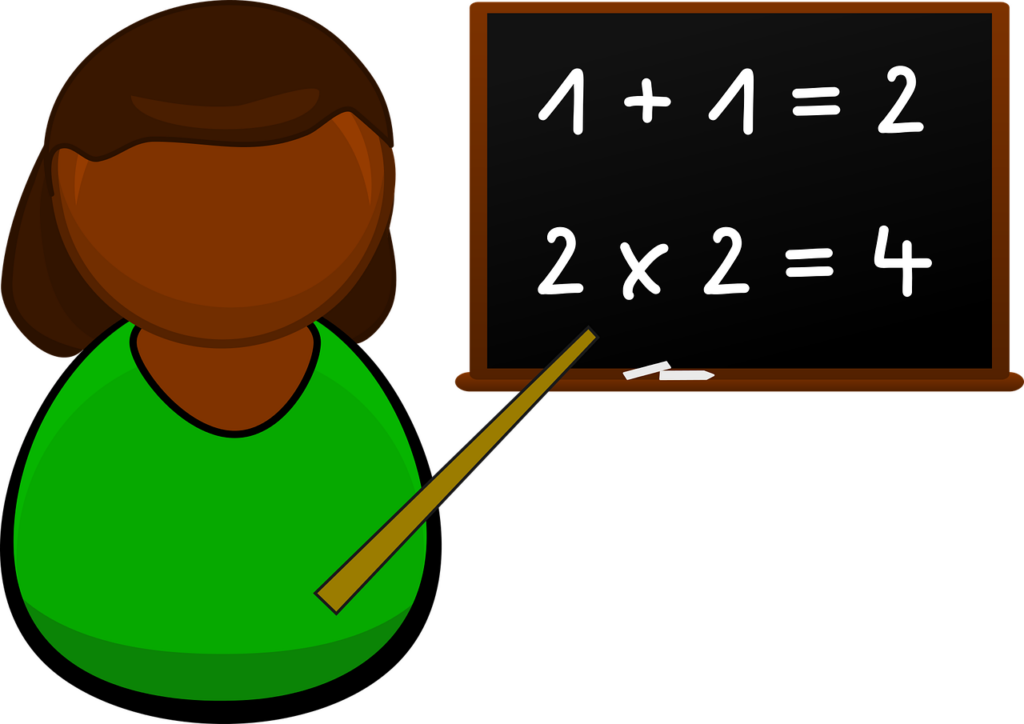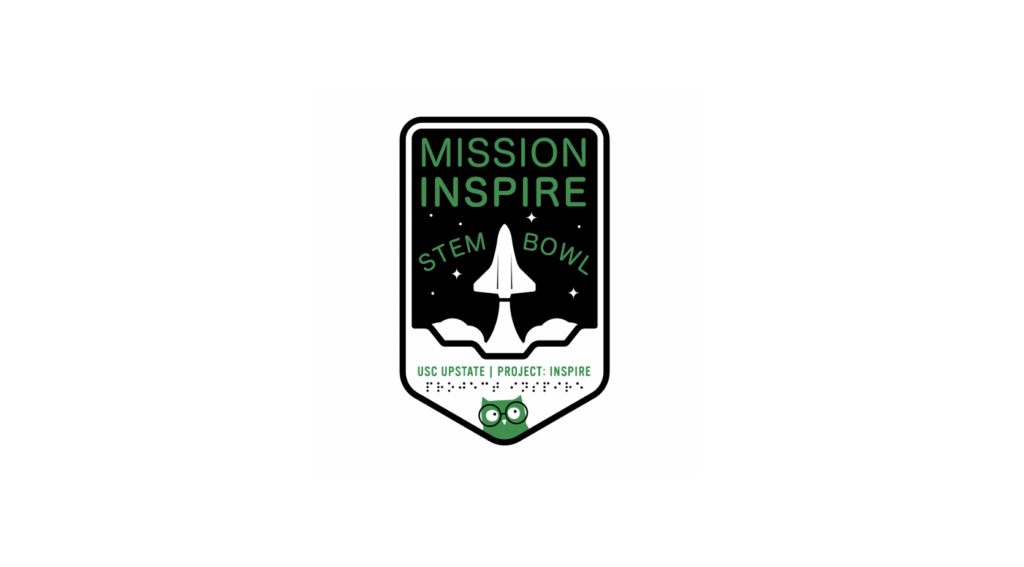Introduction
In 2010, the National Science Foundation, (NSF) convened a panel of experts to analyze what elements produce successful science, technology, engineering, and mathematics (STEM) education in pre-k through 12th grade schools. This research was in effort to secure better evidence of how schools can improve STEM instruction. Since the findings were published in the report Successful K-12 STEM Education: Identifying Effective Approaches in Science Technology, Engineering, and Mathematics, teachers have made changes in the strategies used in STEM classes. These changes have focused on providing the basic instruction and complex thinking skills that students require to comprehend the advanced and abstract concepts presented in math and science.
The Challenge for TSVIs and STEM Instructors
TSVIs (Teachers of Students with Visual Impairments) lack sufficient understanding of STEM content and training in instructional techniques in the STEM fields (Smith, 2017). Likewise, STEM educators lack preparation for teaching students with visual impairments as well as confidence with teaching this student population and supporting their assistive technology (Kahn & Lewis, 2014 & Norman et al., 1988). As outlined in The National Research Agenda for Science, Technology, Engineering and Mathematics (STEM) for Students with Visual Impairments (2022), the general education STEM curriculum lacks consistency in accessibility for students with visual impairments. These challenges result in barriers to collaboration between TSVIs and general education STEM instructors.
The Challenge for Students with Visual Impairments
Research in STEM fields indicates that individuals with visual impairments are vastly underrepresented in STEM career fields. When compared to their sighted peers, this can be widely attributed to students having lower achievement in STEM subjects while in school. (Cavenaugh, 2006; National Science Foundation, 2009; Rosenblum & Herzberg, 2015; Rule, Stefanich, Boody, & Peiffer, 2011). Research has also concluded that students who are fully included in general education STEM classes and are proficient in Nemeth Code consider entering STEM fields more frequently than visually impaired students without those proficiencies.
STEM courses are often regarded as difficult subjects for the visually impaired because of the complex and abstract concepts they encompass. Conventional STEM lessons rely heavily on visual instruction. This makes accessing the STEM curriculum difficult for students with visual impairments. For this reason, materials need to be adapted and instruction needs to be adjusted to allow better STEM instruction to students with visual impairments. School-aged students with visual impairments require more tactual and auditory experiences than visual instruction in order to access and comprehend STEM concepts.
Based on research, the following general objectives for the teaching of STEM subjects to students with visual impairments have emerged:
- Know and use STEM concepts, terminology and calculation procedures
- Develop an interest in and motivation for studying STEM subjects
- Develop abilities to explore, investigate and solve STEM problems
- Develop the capacity to communicate using STEM vocabulary and language
- Use STEM knowledge to address everyday situations and solve practical problems
Additionally, the following objectives for personal development through learning STEM subjects have developed:
- Develop and focus attention and the sense of observation
- Develop critical and creative sense
- Develop logical, open and creative thinking
- Develop creativity, initiative, perseverance and independence of thought and action
In order for these educational and personal objectives to be met, it is imperative that teachers of students with visual impairments collaborate with classroom teachers to ensure that students have equal and meaningful access to STEM materials presented during their classes.
With this in mind, the following modules were created to support STEM learning for students with visual impairments:
- Strategies & Tools
- Math Instruction
- Science Instruction
- Tactile Graphics
- Concept Development
- Technology Tools (Math & Science)
- Maybe – Assistive Technology for ELA (add later?)
- Collaboration
- Maryland Braille Standards
Reference: Teaching the Blind Mathematics RoboBraille in partnership with the Inclusion in Europe through Knowledge and Technology project https://www.robobraille.org/wp-content/uploads/2021/01/Teaching-Maths-Blind.pdf

Braille Brain
Reading
- READING: Foundational Skills for Reading
- Integration of Knowledge and Ideas
- Vocabulary Acquisition and Use
- Braille Hand Movement and Refreshable Braille Displays
- Conventions of Standard English: Standard One
- Conventions of Standard English: Standard Two
- Writing and Language
- Craft and Structure
- Key Ideas and Details
- Best Practices for Teaching Braille and STEM to the Visually Impaired
- Assistive Technology to Support STEM Subjects for the Visually Impaired
- Compensatory Skills: A Focus on Organization
- Foundational Skills for STEM
- Math Instruction for Students with Visual Impairments
- Science Instruction for Students with Visual Impairments
- Tactile Graphics
STEM
- Best Practices for Teaching Braille and STEM to the Visually Impaired
- Assistive Technology to Support STEM Subjects for the Visually Impaired
- Compensatory Skills: A Focus on Organization
- Foundational Skills for STEM
- Math Instruction for Students with Visual Impairments
- Science Instruction for Students with Visual Impairments
- Tactile Graphics
- Braille Brain
- About Braille Brain
- Braille Training Program
- Foundational Skills for Reading
- Integration of Knowledge and Ideas
- Vocabulary Acquisition and Use
- Braille Hand Movement and Refreshable Braille Displays
- Conventions of Standard English: Standard One
- Conventions of Standard English: Standard Two
- Writing and Language
- Craft and Structure
- Key Ideas and Details
- Best Practices for Teaching Braille and STEM to the Visually Impaired
- Assistive Technology to Support STEM Subjects for the Visually Impaired
- Compensatory Skills: A Focus on Organization
- Foundational Skills for STEM
- Math Instruction for Students with Visual Impairments
- Science Instruction for Students with Visual Impairments
- Tactile Graphics



